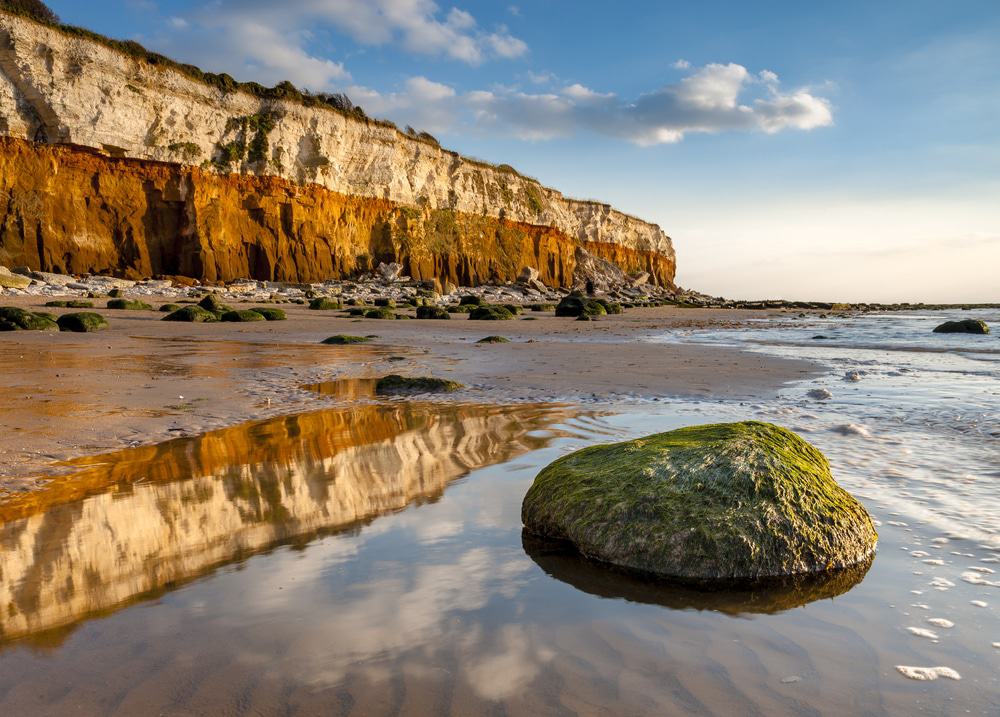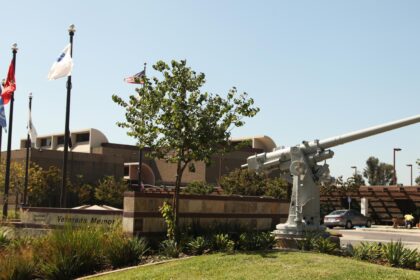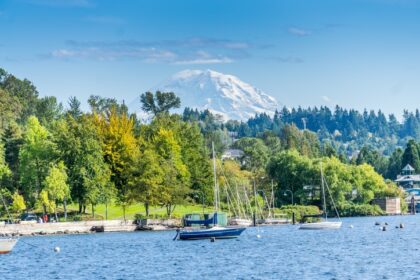Ever been to Norfolk before? This fascinating, picturesque county is one of the most beautiful and most popular counties for British holidaymakers to visit. There’s sand, sea, and countryside – and occasionally a bit of sunshine! The county is home to the world-famous Broads waterways, and a variety of traditional seaside resorts. Norfolk is also steeped deep in all kinds of history. From medieval sites of interest to natural history dating back to ancient times, you can spy everything here from traces of the Norman Conquests to woolly mammoth skeletons! Norfolk remains one of the most popular British tourist resorts on record, and that’s unlikely to change for decades to come. Take a look below for 30 awesome and incredible facts about Norfolk.
1. Norfolk county in England is bordered by the North Sea to the East, the River Wash and Lincolnshire to the north west, Suffolk to the south and Cambridgeshire to the west and southwest.
2. Norfolk is 826 miles from London and easily reached by road and rail services to and from the capital of England.
3. Norfolk is largely known as an agricultural and tourist region.
4. The Norfolk Broads are 125 miles long. These man-made waterways have no locks, so passage is uninterrupted – other than at peak times, when many boats may cause ‘traffic’ to slow down.
5. The Norfolk Broads were given National Park status in 1988 – it’s little wonder, as they are beautiful!
6. In 2018, it was estimated that 47,776,000 visitors arrived in Norfolk as ‘day visitors’.
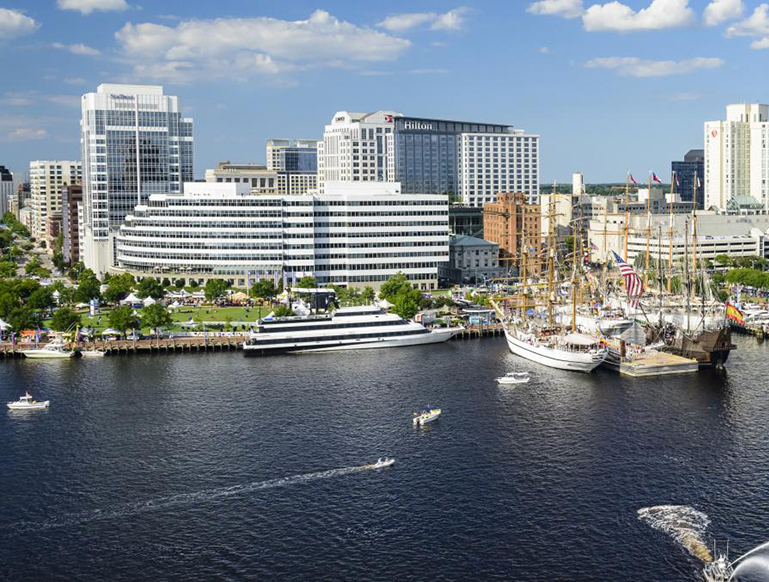
7. In 2017, tourism in Norfolk brought in a record breaking £3.15 billion to the region – it really is a fantastic holiday destination many British people won’t have too far to travel to.
8. Records state that over 18% of the working population in the area are in or connected to tourism. This is calculated from a known figure of 65,398 jobs in the tourism sector.
9. The ‘Deep History Coast’ is found in Norfolk. Famous for having the best preserved and oldest skeleton of a woolly mammoth ever discovered, some of the bones are said to still bear the marks of ancient hyena teeth!
10. At the coast, human footprints were discovered to be approximately 900,000 years old.
11. These are second in age, so far, to only to those discovered in Africa.
12. Meteorological records show that Norfolk is both the sunniest and driest county in Great Britain.
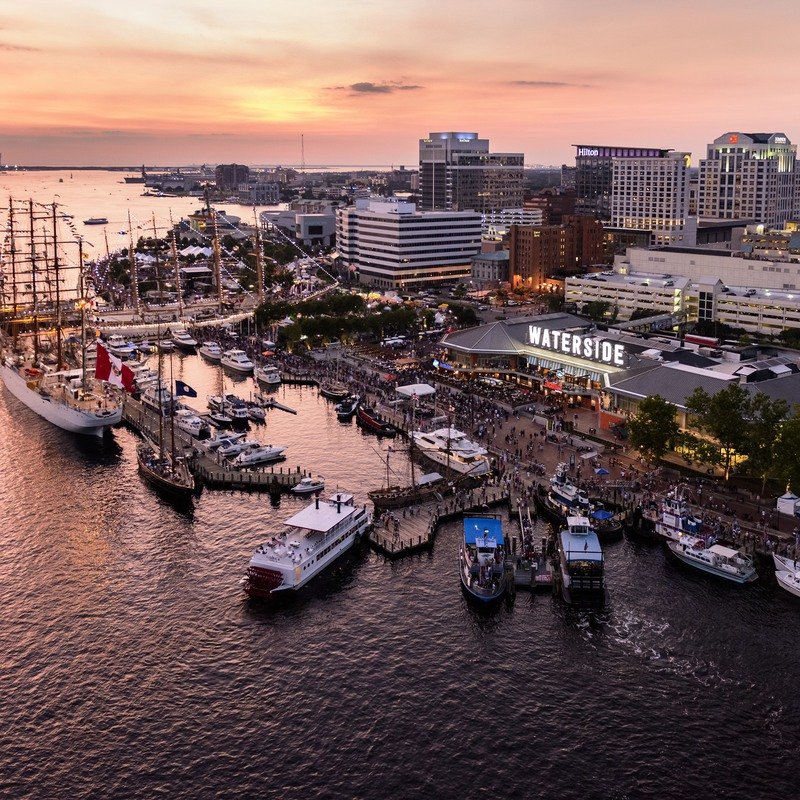
13. Sandringham House in Norfolk is one of the Queen’s two private residences. A favoured retreat for her, Prince Philip, and some of the Royal family, it is not actually owned by the ‘Crown’.
14. Dressage and carriage driving are two main competitive equestrian events held annually at Sandringham. The Duke of Edinburgh, Prince Philip, has competed in carriage driving himself!
15. A delicious ‘sea vegetable’ called samphire grows on Norfolk’s muddy flats, washed by sea water at the coast. It is green, and shaped like a small, spiky cactus – but without any of the spines. It’s said to be a bit of an acquired taste!
16. Samphire is rich in all kinds of nutrients and is famously used in local produce such as cheese, chutneys, crabs, mussels, asparagus, barley, a Norfolk ale, and even whisky!
17. The famous Saint George’s Whisky Distillery was first the official distillery in 100 years when it opened and today is home of the English Whisky Company.
18. Norfolk Ale is made at Woodfords Brewery and has won awards, having been produced by brewers there with over 30 years’ experience.
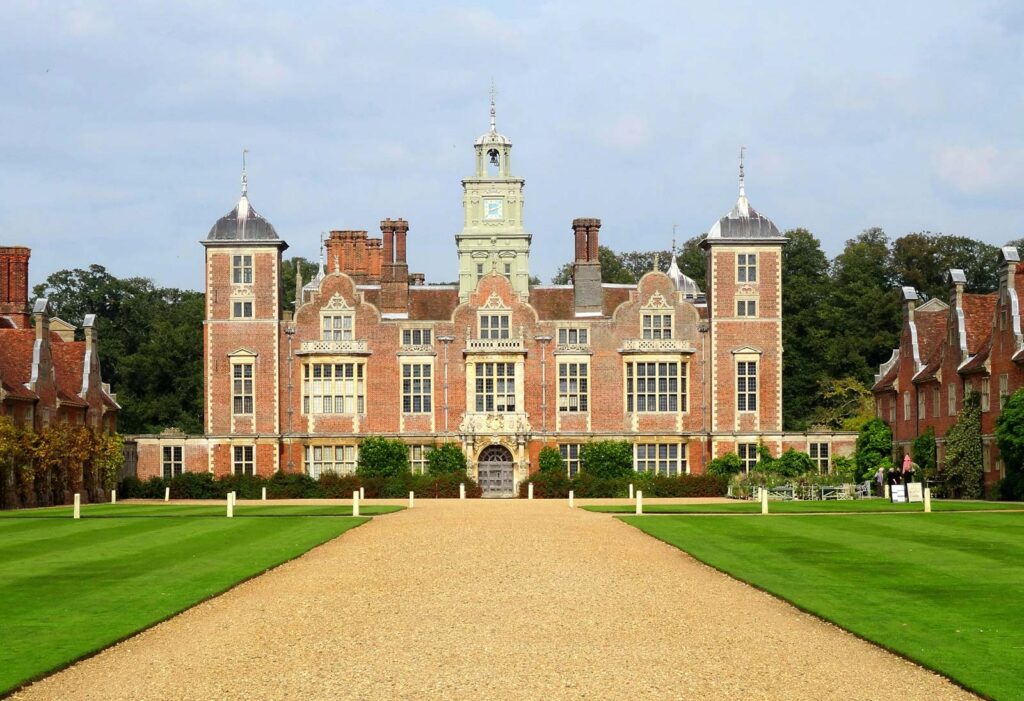
19. Norwich city in Norfolk is known as the ‘Most Complete Medieval City’ in the country. The Romans established a regional capital there, too, following their invasion.
20. The ruins of ‘Vents Icenorum’ can be visited at Caistor Saint Edmund, along a famous footpath known as ‘Boudicca Way’.
21. A Royal castle was constructed in wood after the Norman Conquest of 1066, and, in approximately 1100, was rebuilt in stone. It was occupied by the Earl of Norwich on behalf of William the Conqueror.
22. In 1345, the monarchy gave the castle to the city. It was turned into a jail and many public hangings were conducted there.
23. Robert Kett, who famously led a rebellion against enclosing ‘common land’, was hung there from the walls in 1549.
24. The castle museum and art gallery are still attractions today and were opened in 1894.
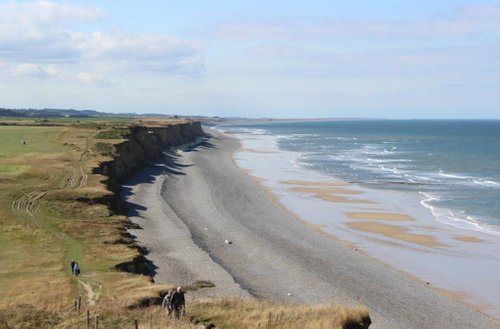
25. Limestone brought over from Normandy in France was used to construct the cathedral in Norwich. It took 200 years to build and has the second highest spire in the country, at 96 metres tall! Only Salisbury Cathedral’s spire is taller.
26. Norwich Cathedral has over 1,000 medieval ‘roof boss’ sculptures and is home to the country’s largest monastic cloisters!
27. During medieval times, Norwich was the second most important city after London. Famous for being the home of Colman’s Mustard, it thrived on producing textiles, shoes, and chocolate.
28. Much-loved yellow canaries were introduced to the county by being brought over from the Netherlands by Dutch settlers who kept them as pets. The Dutch, as Protestants, were fleeing persecution.
29. Their skills as weavers and in construction influenced the area and helped the region develop successful businesses to trade goods.
30. Fittingly, Norwich City Football Club’s nickname is The Canaries!

